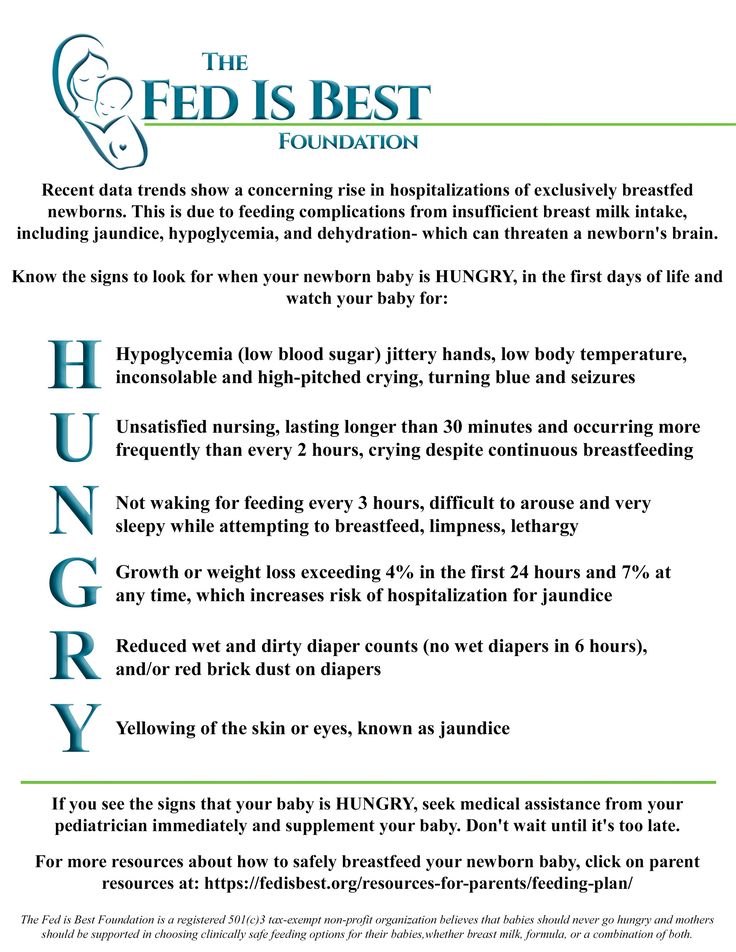Feeding breastfed baby solids
Working Together: Breastfeeding and Solid Foods
Breastfeeding, like many other aspects of parenting, is a gradual process of increasing independence and self-mastery on your baby’s part and a gradual stepping back on yours. You may have already experienced the beginnings of this process during the first half year of life as your baby learned to enjoy drinking expressed breast milk from a bottle or cup and you began to go places without her. Still, the two of you were closely tied to each other in a nutritional sense: your child thrived on your breast milk alone, which provided the nutrients she needed.
During the second half of the year, your breast milk will continue to provide the great majority of necessary nutrients as she starts to sample a variety of new foods. Though your baby will no doubt greatly enjoy the introduction of new tastes and textures in her life, her experiences with solid food are still just practice sessions for the future. It’s important to make sure she continues getting enough breast milk to meet her nutritional needs.
Introducing foods
The American Academy of Pediatrics recommends breastfeeding as the sole source of nutrition for your baby for about 6 months. When you add solid foods to your baby’s diet, continue breastfeeding until at least 12 months. You can continue to breastfeed after 12 months if you and your baby desire. Check with your child’s doctor about vitamin D and iron supplements during the first year.
Parents with food allergies are often advised to avoid foods that commonly cause allergic reactions (such as cow’s milk, dairy products, and foods made from peanuts or other nuts). But recent research found that the late introduction of certain foods may actually increase your baby’s risk for food allergies and inhaled allergies. You should discuss any concerns with your pediatrician.
If no allergies are present, simply observe your baby for indications that she is interested in trying new foods and then start to introduce them gradually, one by one. Signs that the older baby is ready for solids include sitting up with minimal support, showing good head control, trying to grab food off your plate, or turning her head to refuse food when she is not hungry. Your baby may be ready for solids if she continues to act hungry after breastfeeding. The loss of the tonguethrusting reflex that causes food to be pushed out of her mouth is another indication that she’s ready to expand her taste experience.
Your baby may be ready for solids if she continues to act hungry after breastfeeding. The loss of the tonguethrusting reflex that causes food to be pushed out of her mouth is another indication that she’s ready to expand her taste experience.
First foods
Since most breastfeeding babies’ iron stores begin to diminish at about six months, good first choices for solids are those rich in iron. Current recommendations are that meats, such as turkey, chicken, and beef, should be added as one of the first solids to the breastfed infant’s diet. Meats are good sources of high-quality protein, iron, and zinc and provide greater nutritional value than cereals, fruits, or vegetables.
Iron-fortified infant cereal (such as rice cereal or oatmeal) is another good solid food to complement breast milk. When first starting infant cereal, check the label to make sure that the cereal is a single- ingredient product—that is, rice cereal or oatmeal—and does not contain added fruit, milk or yogurt solids, or infant formula. This will decrease the likelihood of an allergic reaction with the initial cereal feedings. You can mix the cerealwith your breast milk, water, or formula (if you’ve already introduced formula to your baby) until it is a thin consistency. As your baby gets used to the taste and texture, you can gradually make it thicker and increase the amount.
This will decrease the likelihood of an allergic reaction with the initial cereal feedings. You can mix the cerealwith your breast milk, water, or formula (if you’ve already introduced formula to your baby) until it is a thin consistency. As your baby gets used to the taste and texture, you can gradually make it thicker and increase the amount.
Once your child has grown accustomed to these new tastes, gradually expand her choices with applesauce, pears, peaches, bananas, or other mashed or strained fruit, and such vegetables as cooked carrots, peas, and sweet potatoes. Introduce only one new food at a time and wait several days before you add another new food, to make sure your child does not have a negative reaction.
As you learn which foods your baby enjoys and which ones she clearly dislikes, your feeding relationship will grow beyond nursing to a more complex interaction— not a replacement for breastfeeding, certainly, but an interesting addition to it. Remember to keep exposing your baby to a wide variety of foods. Research indicates that some babies need multiple exposures to a new taste before they learn to enjoy it. The breastfed baby has already been experiencing different flavors in the mother’s breast milk, based upon her diet, so solid foods often have a familiar taste when introduced to the breastfed baby.
Research indicates that some babies need multiple exposures to a new taste before they learn to enjoy it. The breastfed baby has already been experiencing different flavors in the mother’s breast milk, based upon her diet, so solid foods often have a familiar taste when introduced to the breastfed baby.
Babies need only a few spoonfuls as they begin solids. Since these first foods are intended as complements and not replacements for your breast milk, it’s best to offer them after a late afternoon or evening feeding, when your milk supply is apt to be at its lowest and your baby may still be hungry.
Some pediatricians recommend an iron supplement. If this is the case, be careful to give the exact dose prescribed by your doctor. Always store iron and vitamin preparations out of the reach of young children in the household, since overdoses can be toxic.
You may find that the number of breastfeedings will gradually decrease as her consumption of solid food increases. A baby who nursed every two to three hours during early infancy may enjoy three or four meals of breast milk per day (along with several snacks) by her twelfth month.
Unless you intend to wean her soon, be sure to continue breastfeeding whenever she desires, to ensure your continuing milk supply. To ease breast discomfort, it may become necessary to express a small amount of milk manually on occasion, if her decreasing demand leaves you with an oversupply. Breast comfort is another reason why a gradual introduction of solid foods is advisable, since it allows your body time to adapt to changing demands. Over the span of several months, a readjustment in the supply-and-demand relationship can take place smoothly and painlessly.
The information contained on this Web site should not be used as a substitute for the medical care and advice of your pediatrician. There may be variations in treatment that your pediatrician may recommend based on individual facts and circumstances.
Breastfeeding FAQs: Solids and Supplementing (for Parents)
Breastfeeding is a natural thing to do, but it still comes with its fair share of questions. Here's what you need to know about about introducing formula, solids, and more.
Here's what you need to know about about introducing formula, solids, and more.
Is it OK to Give My Baby Breast Milk and Formula?
Breast milk is the best nutritional choice for babies. But in some cases, breastfeeding (or exclusive breastfeeding) isn’t possible or an option. What’s best for your baby's health and happiness is, in large part, whatever works for your family. So if you need to supplement, your baby will be fine and healthy, especially if it means less stress for you.
Babies who need supplementation may do well with a supplemental nursing system. This is when moms place a small tube by their nipple that delivers pumped milk or formula while a baby is breastfeeding.
Babies also can get pumped milk or formula by bottle. But it’s a good idea to wait until your baby has gotten used to and is good at breastfeeding. Lactation professionals recommend waiting until a baby is about 3-4 weeks old before offering artificial nipples of any kind (including pacifiers).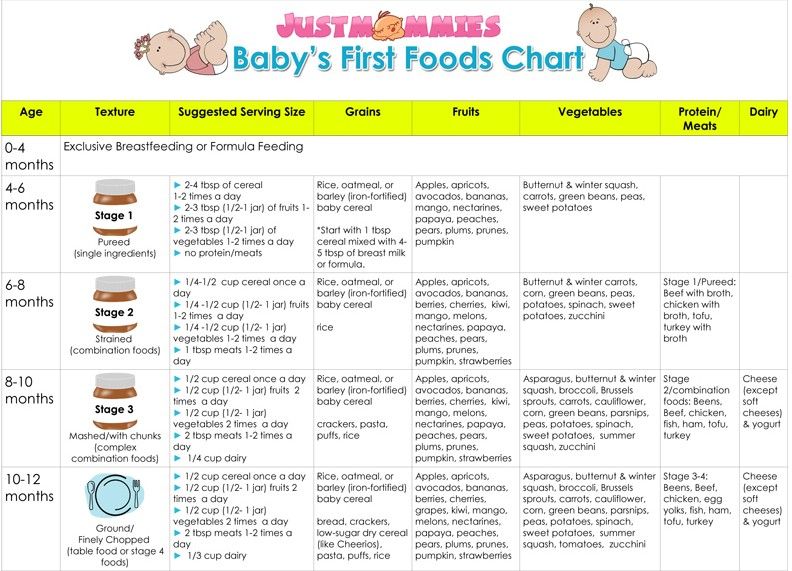
If I Give My Baby Formula, How Do I Start?
If you're using formula because you're not producing the amount of milk your baby needs, nurse first. Then, give any pumped milk you have and make up the difference with formula as needed.
If you're stopping a breastfeeding session or are weaning from breastfeeding altogether, begin to replace breastfeeding with bottle feeds. As you do this, pump to reduce uncomfortable engorgement. Engorgement is when your breasts overfill with milk and other fluids and get painful, swollen, warm, or hard. This can lead to problems with plugged ducts (when the ducts won’t drain well or at all) or a breast condition called mastitis.
When you reduce the number of nursing sessions, your milk supply will decrease. Your body will adapt to produce just enough milk to fit your new feeding schedule.
How Might a Diet With Formula Affect My Baby?
Starting your breastfed baby on formula can cause some change in the frequency, color, and consistency of your baby’s poop. Be sure to talk your doctor, though, if your baby has trouble pooping.
Be sure to talk your doctor, though, if your baby has trouble pooping.
If your baby refuses formula alone, you can try mixing some of your pumped breast milk with it to help the baby get used to the new taste.
Is it OK for Me to Give My Baby the First Bottle?
If possible, have someone else give the first bottle. This is because babies can smell their mothers and they're used to receiving breast milk from mom, not a bottle. So try to have someone else — like a caregiver or partner — give the first bottle.
Also consider being out of the house or out of sight when your baby takes that first bottle, since your little one will wonder why you're not doing the feeding as usual. Depending on how your baby takes to the bottle, you might need to keep doing this until your baby gets used to bottle feeding.
If your baby has a hard time adjusting to this new form of feeding, be patient and keep trying. Talk to your doctor if you have questions.
Does My Breastfed Baby Need Supplements?
Breast milk contains many vitamins and minerals. But it’s a good idea to give a daily supplement for some nutrients that may be lacking. It all depends on your baby’s age.
But it’s a good idea to give a daily supplement for some nutrients that may be lacking. It all depends on your baby’s age.
Here are some guidelines:
- Vitamin D. Breastfed babies need to take a daily vitamin D supplement. Vitamin D is added to infant formulas. Vitamin D is made by the body when the skin is exposed to sunlight, but it is not safe for infants under 6 months to be in direct sunlight. (After 6 months, use sunscreen when in the sun to protect your baby’s sensitive skin).
- Iron. Iron is a mineral found in breastmilk during the first 4 months of life. After that, babies need an iron supplement until they begin eating enough iron-rich foods (such as cereals or meats) when they’re around 6 months old. If your baby gets a mix of breast milk and iron-fortified formula, talk to your doctor about whether your little one needs a supplement. After they start on solids, some babies still need iron supplements if they don’t eat enough iron-rich foods.
 You doctor can tell you if your baby is getting enough iron.
You doctor can tell you if your baby is getting enough iron. - Fluoride. Babies younger than 6 months do not need a fluoride supplement. After your baby is 6 months old, you can start supplementing with fluoride if your water supply lacks fluoride. Well water, bottled water, tap water in some communities, and ready-to-feed formulas do not have fluoride.
It’s important to find out if your water supply has fluoride in it. You can ask your doctor, dentist, or local water utility agency if the water in your community is fluoridated. Giving a child too much fluoride can cause white marks on the teeth, so there is no need to give a fluoride supplement if your child gets enough fluoride from water.
When Should I Introduce Solid Foods?
The best time to introduce solid foods is when your baby has the skills needed to eat, usually between 4 and 6 months of age. This is when your baby:
- has good head and neck control
- can sit up
- has lost the tongue-thrust reflex (which causes babies to push food out of the mouth)
- has the motor skills needed to transfer food to the back of the mouth to swallow
- shows an interest in food (by watching others eat, reaching for food, or opening the mouth as food approaches)
By this age, babies usually weigh twice their birth weight, or close to it.
Wait until your baby is at least 4 months old and shows these signs of readiness before starting solids. Many babies exclusively breastfeed until 6 months of age, which is perfectly healthy.
Babies who start solid foods before 4 months are at a higher risk for obesity and other problems later on. They also aren't coordinated enough to safely swallow solid foods and may choke on the food or inhale it into their lungs.
How Should I Start Solids?
When the time is right, start with a single-grain, iron-fortified baby cereal. Rice cereal has traditionally been the first food for babies, but you can start with any you prefer. Start with 1 or 2 tablespoons of cereal mixed with breast milk, formula, or water. Never add cereal to a baby's bottle unless your doctor recommends it.
Another good first option is an iron-rich puréed meat. Feed your baby with a small baby spoon.
At this stage, solids should be fed after a nursing session, not before. That way, your baby fills up on breast milk, which should be your baby's main source of nutrition until age 1.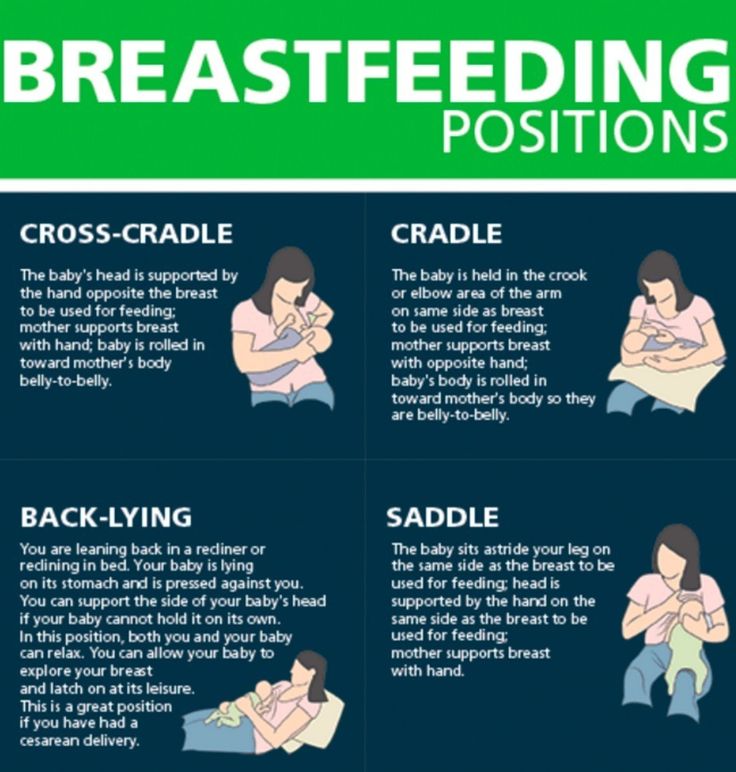
When your baby gets the hang of eating the first food, introduce others, such as puréed fruits, vegetables, beans, lentils, or yogurt. Wait a few days between introducing new foods to make sure your baby doesn't have an allergic reaction.
Experts recommend introducing common food allergens to babies when they're 4–6 months old. This includes babies with a family history of food allergies. In the past, they thought that babies should not get such foods (like eggs, peanuts, and fish) until after the first birthday. But recent studies suggest that waiting that long could make a baby more likely to develop food allergies.
Offer these foods to your baby as soon as your little one starts eating solids. Make sure they're served in forms that your baby can easily swallow. You can try a small amount of peanut butter mixed into fruit purée or yogurt, for example, or soft scrambled eggs.
When Can I Give My Baby Water?
In their first few months, babies usually don't need extra water. Breast milk and formula supply all the fluids that your baby needs. On very hot days, most babies do well with extra feedings.
Breast milk and formula supply all the fluids that your baby needs. On very hot days, most babies do well with extra feedings.
When your baby starts eating solid foods, you can offer a few ounces of water between feedings, but don't force it.
What About Juice?
Fruit juices are not recommended for babies. Juice offers no health benefits, even to older children. Juice can fill them up (leaving little room for more nutritious foods), promote obesity, cause diarrhea, and even put a baby at risk for cavities when teeth start coming in.
Complementary foods while breastfeeding | Useful tips from the Tyoma brand
Most people are familiar with the phrase: "For breastfed children, the World Health Organization (WHO) recommends that complementary foods be introduced from 6 months."
But for some reason, many people forget (or don’t notice?) The phrase taken from the same WHO recommendations: “It is acceptable to introduce complementary foods in the interval of 4-6 months. ”
”
Russian, European and American pediatricians unanimously support the WHO recommendation on the introduction of complementary foods for a period of 4-6 months. nine0003
It is important to note that at present there is no division according to the timing of the introduction of complementary foods, depending on what type of feeding the child is on: breastfeeding or artificial feeding. And the term itself is determined strictly individually, depending on the characteristics of the development of the child and his needs. That is why the WHO recommendation on the introduction of complementary foods from 6 months. may not be suitable for all children.
Research results
My colleagues and I from the National Medical Research Center for Children's Health of the Ministry of Health of Russia conducted a scientific study, as a result of which interesting data were obtained. Under our supervision were children on exclusive breastfeeding (ELF), whose parents introduced complementary foods to them from 4, 5 or 6 months.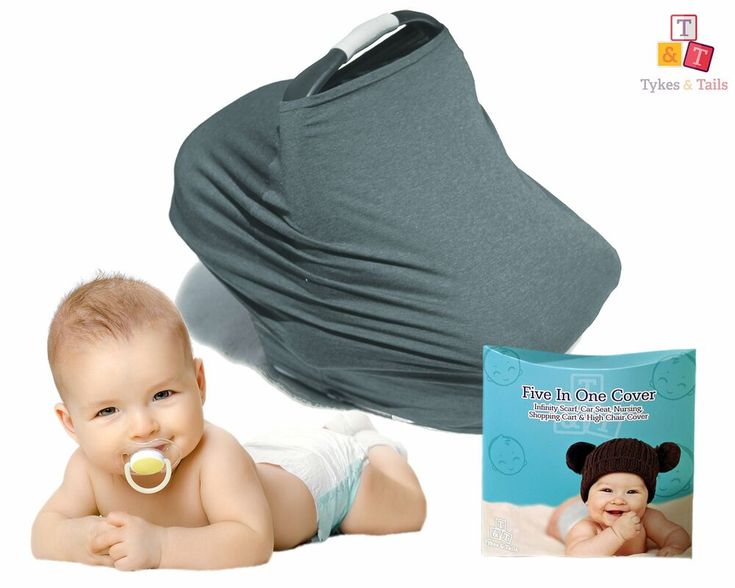 It was found that among children on IVF who were introduced to complementary foods after 6 months, by the age of 9months only 10% of children received all the necessary complementary foods, in most children by 9 months. such important foods as meat, fish and yolk were not introduced into the diet. And everything would be fine, but it was these children who had the lowest indicators of the body's supply of iron, the most valuable trace element necessary for the successful growth and development of the baby. Foreign studies also confirm that the late introduction of complementary foods with HBV (from 7 months and later) can lead to latent or overt iron deficiency in the child's body. nine0003
It was found that among children on IVF who were introduced to complementary foods after 6 months, by the age of 9months only 10% of children received all the necessary complementary foods, in most children by 9 months. such important foods as meat, fish and yolk were not introduced into the diet. And everything would be fine, but it was these children who had the lowest indicators of the body's supply of iron, the most valuable trace element necessary for the successful growth and development of the baby. Foreign studies also confirm that the late introduction of complementary foods with HBV (from 7 months and later) can lead to latent or overt iron deficiency in the child's body. nine0003
IGI should not be an obstacle to the timely introduction of complementary foods.
According to domestic recommendations, reflected in the New Nutrition Program for 1-year-old children in the Russian Federation (http://nczd.ru/2019-12-17/), the introduction of complementary foods to children on IVF should start a little earlier than 6 months, optimally from 5-5. 5 months to 7 months. the child has already received sufficient complementary foods.
5 months to 7 months. the child has already received sufficient complementary foods.
These deadlines are especially necessary:
- children with iron deficiency anemia; nine0024
- children whose mothers are malnourished or do not take multivitamin complexes for pregnant and lactating women;
- children who are not gaining weight well.
Signs that a baby is ready for complementary foods while breastfeeding
- can swallow mashed food;
- interested in adult food.
Success Rules for Starting Breastfeeding Complementary Feeding
- For children who are exclusively breastfed, introduce complementary foods from 5-5.5 months.
- Introduce complementary foods only BEFORE breastfeeding
- Do not start complementary foods with juices or fruit purees.
 Fruit puree is introduced after the introduction of the main complementary foods, but you can take your time with juices at all: their nutritional value is not at all high.
Fruit puree is introduced after the introduction of the main complementary foods, but you can take your time with juices at all: their nutritional value is not at all high. - Do not start complementary foods while your child is vaccinated or sick. nine0024
- Enter complementary foods when the child has already managed to get hungry (2.5-3 hours after breastfeeding), but does not scream with hunger, otherwise he will definitely refuse complementary foods.
- The first type of complementary foods should be dairy-free porridge or vegetable puree. Usually cereals are introduced first if the baby is not gaining weight well. Vegetables may be introduced first if the child is constipated or overweight.
- The first porridge should be dairy-free. And you can dilute it with water or expressed breast milk. nine0024
- Start introducing a new product with 1 tsp. Gradually bring to the age volume in 7-10 days.
 If the baby does not accept the new taste, then mix the new food with a familiar dish or add some breast milk to it.
If the baby does not accept the new taste, then mix the new food with a familiar dish or add some breast milk to it. - Increasing the amount of complementary foods should be carried out without any violence. Refusal of the child from complementary foods in the morning, may end with a favorable reception in the afternoon.
- If before complementary foods there was feeding at the request of the child, then from the moment the complementary foods are introduced, feeding at the request of the mother begins. What does it mean? The introduction of complementary foods should be tried to be carried out regularly and at the same time, allocating conditional time for this for the future breakfast, lunch and dinner (afternoon snack). The recommended interval between meals is 3.5-4 hours. nine0024
Question answer
If the child is 4 months old, and the mother notes a lack of breast milk, what is the best way to introduce complementary foods or supplementary foods?
If the mother does not have enough milk, and the child is only 4 months old, then in this case it is better to start introducing complementary foods, and not start feeding the baby with milk formula.
And if the child is unable to eat the age norm of complementary foods at a time, what should I do?
If a child cannot eat the age-appropriate amount of complementary foods per feeding (for example, 150 g of porridge), then this amount can be divided into 2 feedings, i.e. you can give 100 g of porridge for lunch and 50 g for dinner. nine0003
Will I run out of breast milk with the introduction of complementary foods?
With the introduction of complementary foods, breast milk becomes less and less, and this is a natural process, but its amount will decrease only by the volume of complementary foods introduced, so breastfeeding during the day, as well as before bedtime and at night, can remain in the child’s diet for a long time, up to 2 years or more, as you wish.
How to introduce complementary foods while breastfeeding: a monthly plan
Reviewer Kovtun Tatyana Anatolievna
32922 views
November 24, 2021
nine0003
Before every parent one day the question arises - how to introduce complementary foods for months and do it right?
When to start complementary foods
The question of the timing of the introduction of complementary foods is still debatable. Over the past decades, doctors have agreed that the introduction of complementary foods with any type of feeding should be started at 4-6 months. However, the principle of an individual approach to each child remains unshakable in the organization of complementary foods. There are quite a few factors that affect the age of the first complementary foods. Therefore, before giving your baby new products, you should consult a pediatrician [1, 2] .
Over the past decades, doctors have agreed that the introduction of complementary foods with any type of feeding should be started at 4-6 months. However, the principle of an individual approach to each child remains unshakable in the organization of complementary foods. There are quite a few factors that affect the age of the first complementary foods. Therefore, before giving your baby new products, you should consult a pediatrician [1, 2] .
The order of introduction of products is also determined individually. So, for example, porridge is recommended to be administered first with a lack of body weight. If the baby's weight is normal or in excess, it is better to start with vegetable puree. However, these recommendations should be based only on the opinion of the pediatrician.
Which products should be preferred: ready-made or homemade
Experts answer this question as follows: let's say any option, depending on the individual conditions, developmental characteristics and health status of the baby, the capabilities and desires of the family. However, the decision must also be made after consultation with your pediatrician. Industrial products have a number of advantages. Firstly, for their preparation only safe raw materials are used, which pass all the necessary checks and quality control. In addition, for the manufacture of baby food, technologies are used that meet all hygienic standards. Secondly, when developing their composition, the required level of grinding is taken into account. Thirdly, specialists who are responsible for safety are involved in the manufacture of complementary foods. nine0003
However, the decision must also be made after consultation with your pediatrician. Industrial products have a number of advantages. Firstly, for their preparation only safe raw materials are used, which pass all the necessary checks and quality control. In addition, for the manufacture of baby food, technologies are used that meet all hygienic standards. Secondly, when developing their composition, the required level of grinding is taken into account. Thirdly, specialists who are responsible for safety are involved in the manufacture of complementary foods. nine0003
Where to start complementary foods
Dairy-free cereals
For the first acquaintance with grain products, rice or buckwheat baby porridge is suitable. It is better to give preference to cereals of industrial production. Despite the great desire of parents to cook porridge on their own, it must be understood that during cooking, cereals can lose a number of important nutrients. Instant cereals, that is, soluble, are distinguished by the fact that during their production the substances necessary for a small organism are preserved. In addition, the required degree of grinding is taken into account and observed at the baby food production plant. nine0003
In addition, the required degree of grinding is taken into account and observed at the baby food production plant. nine0003
Vegetables
It is better to start complementary foods with one-component puree of broccoli, cauliflower or zucchini [1] . All these products should be introduced in turn, observing the reaction. If the baby has taken well one type of vegetable, you can offer another, gradually expanding the diet. Experts recommend starting a child's training in vegetables with industrial baby purees. This approach guarantees the safety of the first complementary foods, because their production undergoes a multi-stage test. The FrutoNyanya baby puree contains only natural vegetables, without the addition of starch, salt or preservatives. nine0003
Breastfeeding complementary feeding chart by month
These recommendations are generalized and do not take into account the individual characteristics of each child, so the exact scheme and timing of the introduction of complementary foods should be checked with your pediatrician.
| Product names (g, ml) | 4–5 months | 6 months | 7 months | 8 months | 9-12 months |
| vegetable puree | 10 - 150 | 150 | 150 | 150 | 150 |
| Porridge nine0130 | 10 - 150 | 150 | 150 | 180 | 200 |
| Meat puree of industrial production*/boiled meat | - | 5–30/ 3–15 | 40–50/ 20–30 nine0130 | 60–70/ 30–35 | 80–100/ 40–50 |
| Fruit puree** | 5 - 50 | 60 | 70 | 80 | 90-100 |
| Cottage cheese (not earlier than 5.5 months)*** nine0130 | - | - | - | 10-40 | fifty |
Yolk (pcs.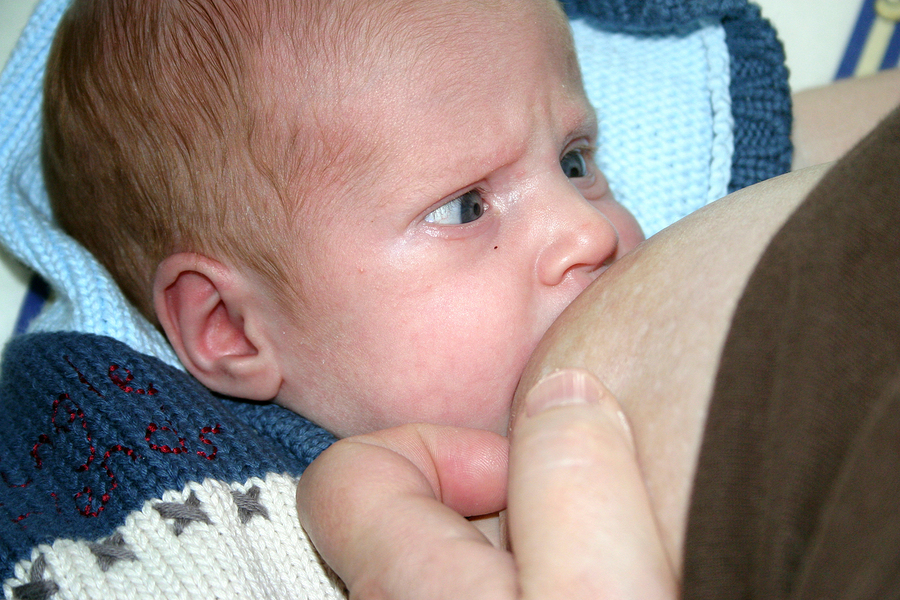 ) ) | - | - | ¼ | ½ | ½ nine0130 |
| Fish puree | - | - | - | 5-30 | 30-60 |
| Fruit juice | - | - | - | nine0129 5-6080-100 | |
| Kefir and other non-adapted dairy drinks for children | - | - | - | 200 | 200 |
| Baby biscuits | nine0129 -3 | five | five | five | |
| Wheat bread, crackers | - | - | - | five | 10 nine0130 |
| Vegetable oil**** | 1-3 | five | five | 6 | 6 |
| Butter***** | 1-3 | 4 | 4 nine0130 | five | five |
| * without added vegetable matter ** not for first feeding *** according to indications from 6 months ****added to vegetable puree | |||||
|---|---|---|---|---|---|
General rules for the introduction of complementary foods
- Complementary feeding schedule - the age of introduction, the type and amount of products - should be determined by the pediatrician.
 Only a doctor can develop an individual scheme for the first feeding for a baby by months, because he knows about the features of the growth and development of the baby. nine0024
Only a doctor can develop an individual scheme for the first feeding for a baby by months, because he knows about the features of the growth and development of the baby. nine0024 - Complementary foods should be introduced gradually, ½ tsp in the first half of the day, before the main feeding for 5–7 days, increasing the volume in accordance with the age norm. After mastering one type of complementary foods, you can proceed to the next.
- The first complementary foods should be puree-like consistency. Gradually, the dishes should become thicker, and by 8-10 months, pieces may appear in them.
- It is better to introduce new products in the morning, so it is easier to follow the reaction of the baby during the day. After the first “tasting”, you need to carefully monitor the condition of the skin, stool and evaluate the general behavior of the child. If everything is in order, then the body has accepted a new product and you can continue to adapt to it. It is recommended to keep a food diary.
